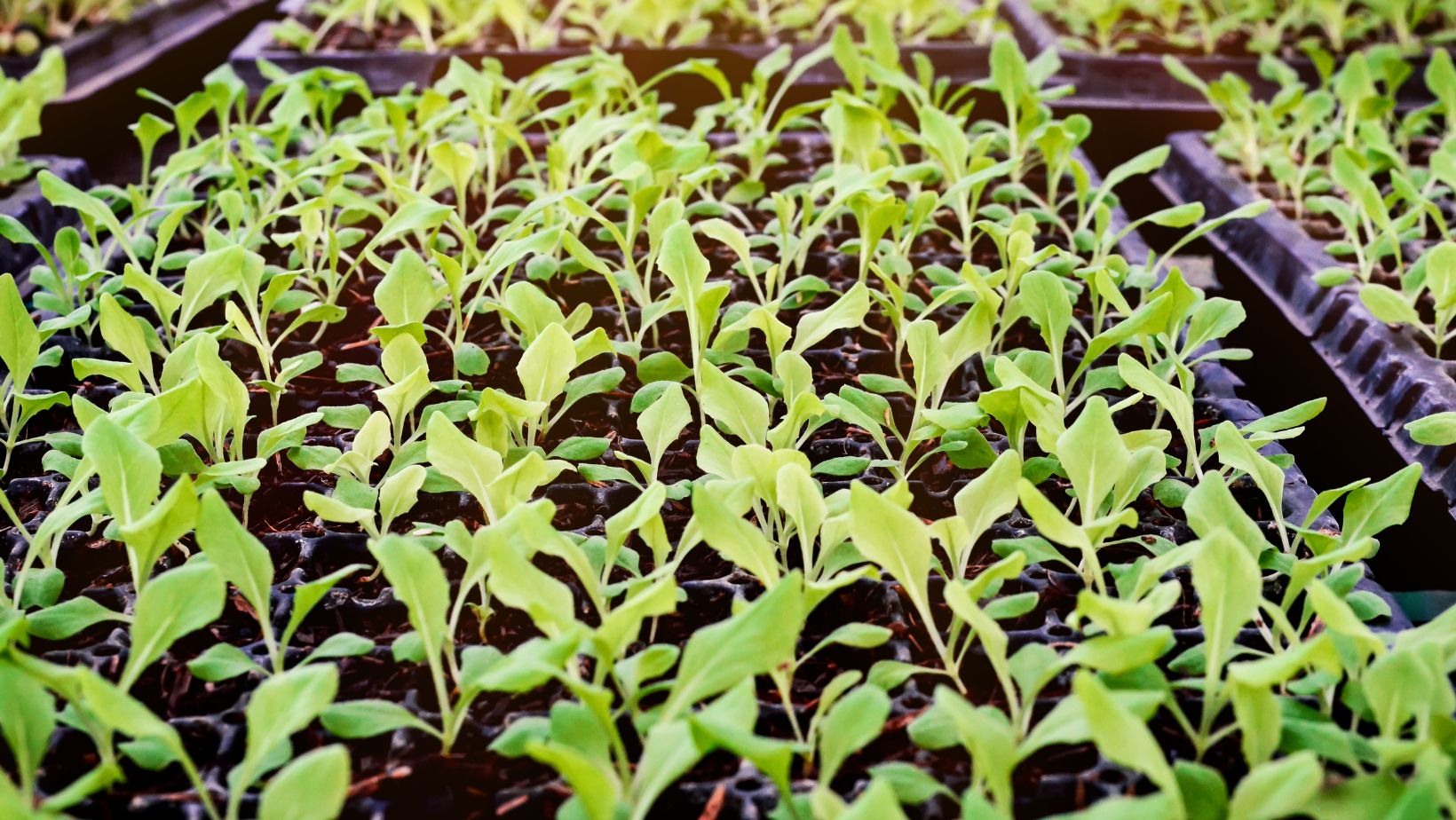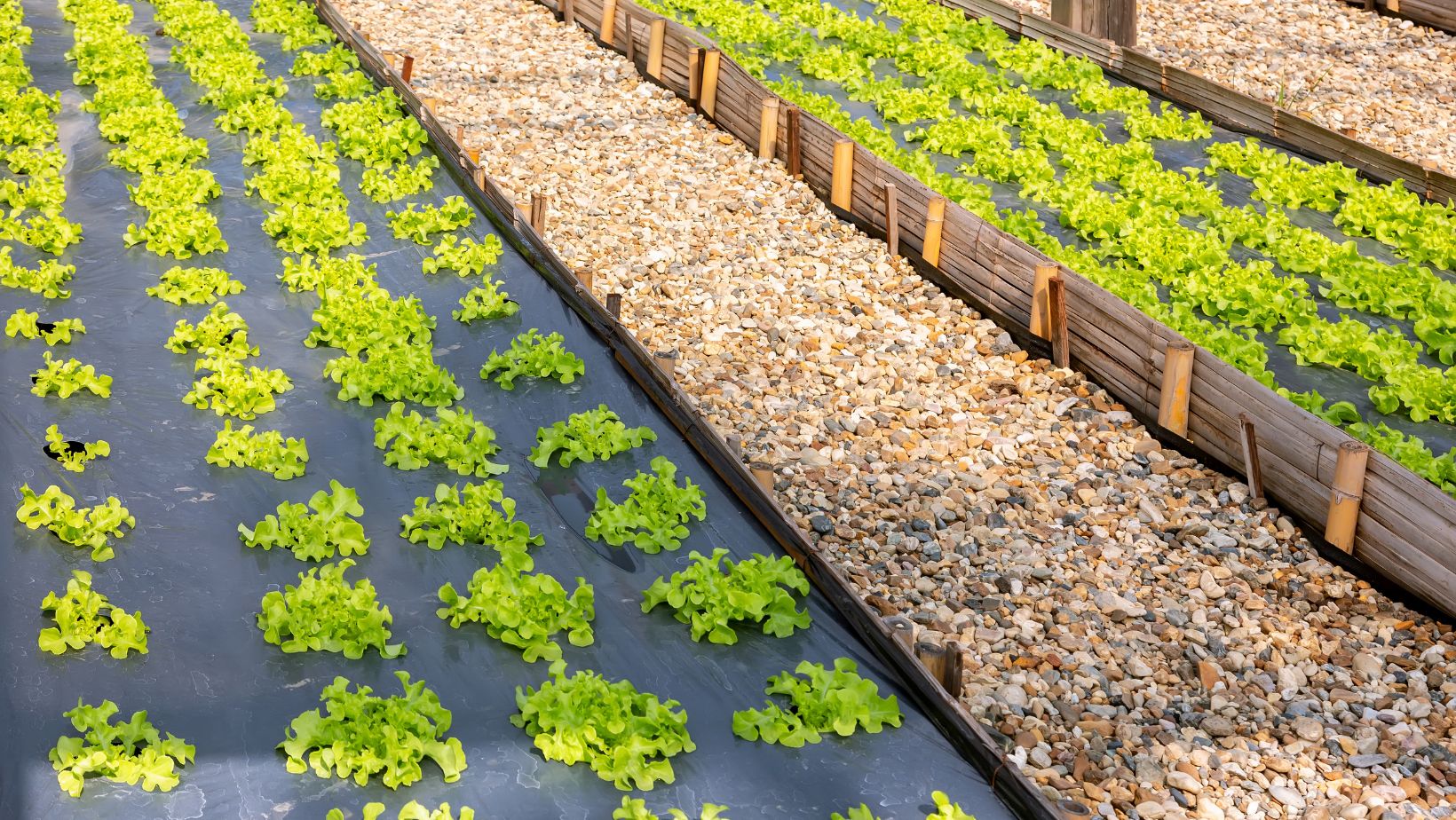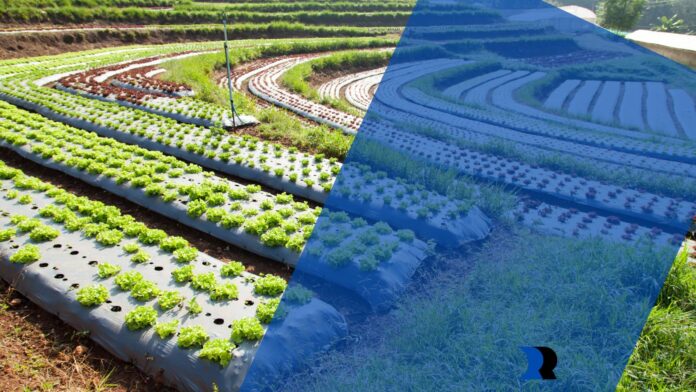Food plots are a popular strategy used by wildlife enthusiasts and land managers to attract and sustain diverse wildlife populations, enhance habitat quality, and improve hunting opportunities. Choosing the right food plot seeds is essential for creating productive and sustainable wildlife habitats.
In this blog, we’ll discuss key factors to consider when selecting food plot seeds to ensure success in attracting and supporting wildlife on your property.
Assessing Soil and Site Conditions:
Before selecting food plot seeds, it’s crucial to assess soil fertility, pH levels, drainage, and sunlight exposure in the proposed planting area. Conducting a soil test can provide valuable insights into nutrient deficiencies and soil amendments needed to optimize plant growth and productivity. Additionally, consider site characteristics such as topography, moisture levels, and wildlife usage patterns to determine the most suitable locations for food plots on your property.
Identifying Wildlife Preferences:
Different wildlife species have unique dietary preferences and foraging behaviors, so it’s essential to consider the needs and habits of target wildlife when choosing food plot seeds. Research local wildlife populations and their preferred food sources, such as browse, forbs, legumes, grains, and fruits. Select food plot seeds that provide diverse nutritional options throughout the year to attract a variety of wildlife species and support their health and reproduction.
Selecting Seed Varieties:
When selecting food plot seeds, choose seed varieties that are well-adapted to your region’s climate, soil conditions, and wildlife preferences. Look for high-quality seed blends or mixtures specifically designed for wildlife food plots, which often include a combination of annuals and perennials to provide year-round nutrition and habitat benefits.

Consider factors such as seed purity, germination rates, seedling vigor, and disease resistance when evaluating seed options.
Balancing Annuals and Perennials:
Incorporating a mix of annual and perennial plant species in food plots can provide both short-term forage production and long-term habitat benefits for wildlife. Annuals such as clovers, brassicas, and grains offer quick-establishing forage options that attract wildlife during the growing season. Perennials such as legumes, grasses, and forbs provide durable, year-round cover and food sources that support wildlife throughout the seasons. Balance the proportions of annuals and perennials based on your management goals and wildlife objectives.
Considering Seasonal Availability:
Plan food plot plantings to provide a diverse array of food sources that are available throughout the year, including spring, summer, fall, and winter. Incorporate early-season crops such as clovers and brassicas for spring and summer forage, followed by warm-season grains and legumes for summer and early fall. Include cold-season crops such as winter wheat, rye, and turnips for fall and winter nutrition when natural forage is scarce.

By strategically timing plantings, you can ensure continuous food availability for wildlife throughout the year.
Final words
Choosing the right food plot seeds is essential for creating productive and sustainable wildlife habitats that attract and support diverse wildlife populations. By assessing soil and site conditions, identifying wildlife preferences, selecting appropriate seed varieties, balancing annuals and perennials, considering seasonal availability, and monitoring habitat performance, wildlife enthusiasts can create food plots that provide essential nutrition, cover, and habitat benefits for wildlife throughout the year. With careful planning and management, food plots can enhance wildlife habitat quality, improve hunting opportunities, and contribute to the overall health and diversity of ecosystems on your property.


